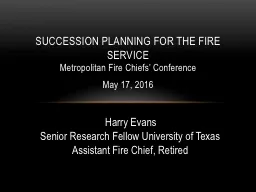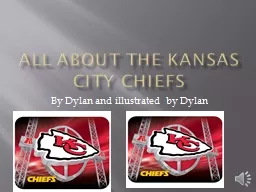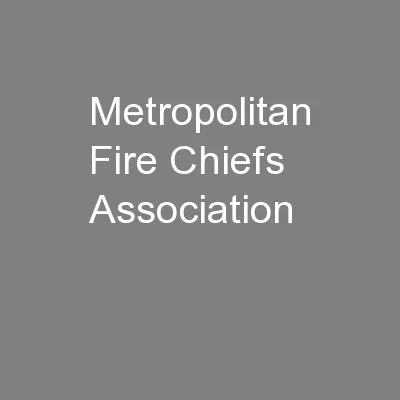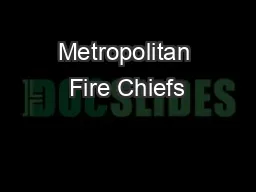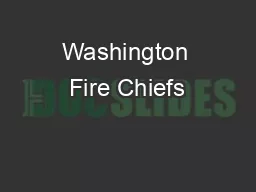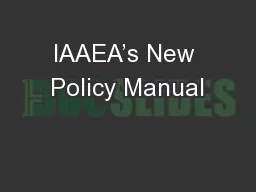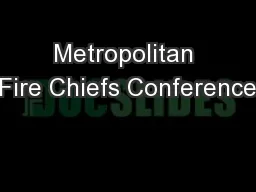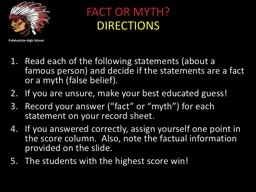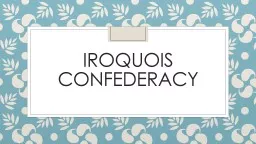PPT-Metropolitan Fire Chiefs’ Conference
Author : pamella-moone | Published Date : 2017-12-25
May 17 2016 Succession Planning for the Fire Service Harry Evans Senior Research Fellow University of Texas Assistant Fire Chief Retired About Harry Evans Over
Presentation Embed Code
Download Presentation
Download Presentation The PPT/PDF document "Metropolitan Fire Chiefs’ Conference" is the property of its rightful owner. Permission is granted to download and print the materials on this website for personal, non-commercial use only, and to display it on your personal computer provided you do not modify the materials and that you retain all copyright notices contained in the materials. By downloading content from our website, you accept the terms of this agreement.
Metropolitan Fire Chiefs’ Conference: Transcript
Download Rules Of Document
"Metropolitan Fire Chiefs’ Conference"The content belongs to its owner. You may download and print it for personal use, without modification, and keep all copyright notices. By downloading, you agree to these terms.
Related Documents

